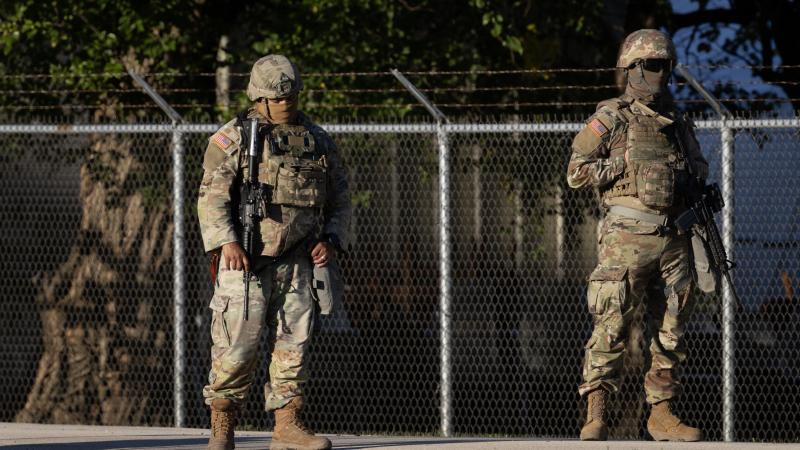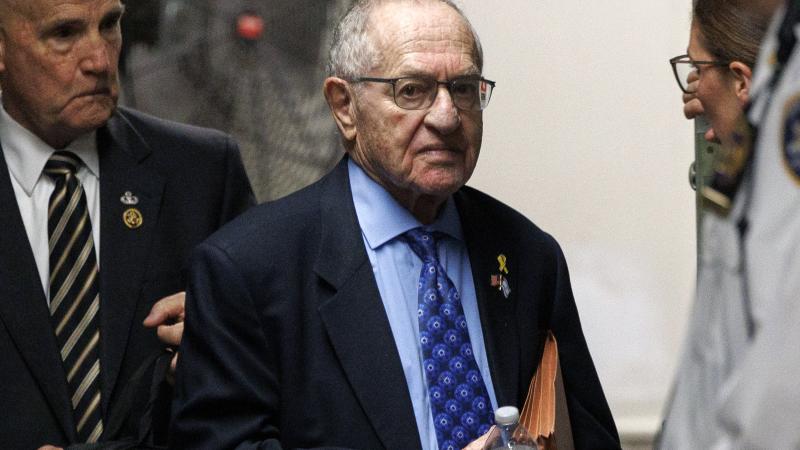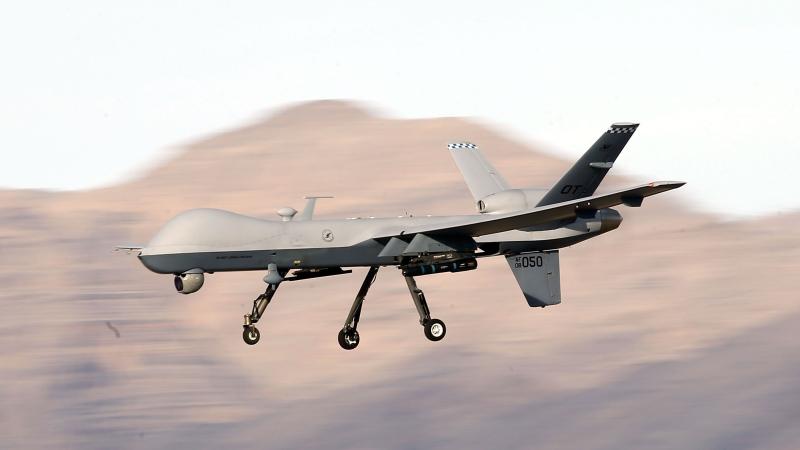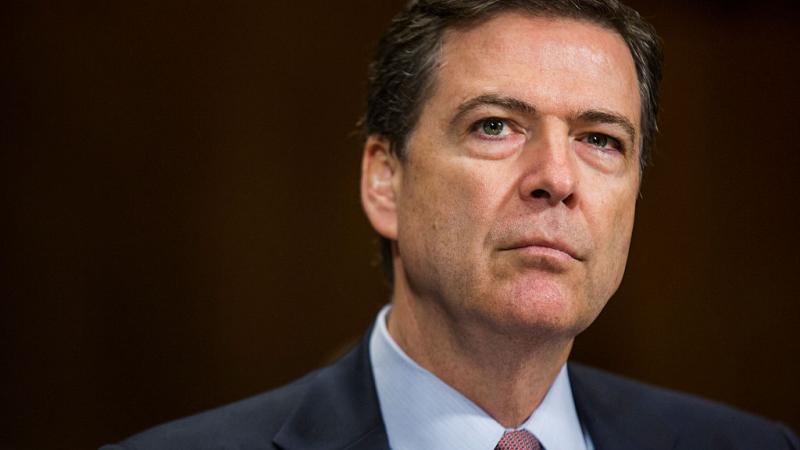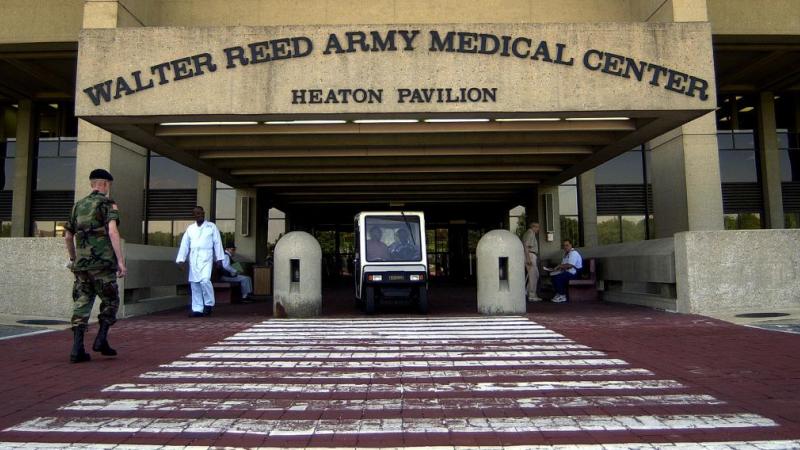As crisis grows at U.S. airports, feds are buying replacement parts on eBay or 3D printing them
The nation's airline traffic control system is blinking red with warning after a midair collision, several outages, a worker shortage and an antiquated computer system.
America’s air traffic control system is blinking red with warning after a midair collision, several harrowing outages, and a staffing shortage. Now Transportation Secretary Sean Duffy is adding to the worries by revealing the Federal Aviation Administration is resorting to using eBay and 3D printers to replace parts for antiquated computer systems.
The secretary told the the Senate Appropriations Committee on Thursday that the technology holding together American airports is so outdated, the federal government does not have reliable suppliers that can replace vital components.
"We do try to buy replacement parts on eBay for this really old equipment," Duffy told the senators. "Sometimes, we can't even buy it on eBay, so we're trying to use 3D printing to craft replacement parts for the system that we use.”
Duffy first drew attention to this ongoing issue last week in an interview with CBS News. He noted the FAA turned to eBay because “we can't buy parts for new” for the aging equipment.
Because of the worrying state of the nation’s airports, Duffy announced earlier this month an ambitious three-year plan to revamp air traffic control systems with a focus on modernizing communications technology, surveillance systems, and digitization. To do this, the administration will seek “upfront appropriations” from Congress to fund the much-needed updates.
You can read the Transportation Department’s three-year plan below:
The plan emphasizes fast-paced modernization was necessary because risks increased the longer the U.S. remained reliant on the aging systems, especially at a time when air traffic is increasing and spaceflight is making a comeback.
“A slow-paced modernization poses a higher risk because it extends the lifespan of unreliable, inefficient systems, amplifying safety, economic, and security vulnerabilities in the era of growing air traffic and cyber threats,” the proposal reads. “Rapid, safe, well-managed modernization, despite short-term challenges, is less risky as it aligns with growing aviation demands and global standards.”
Transportation’s plan to revitalize air safety systems follows close on the heels of the major air disaster in the nation’s capital that has defined Duffy’s first months as secretary and which refocused attention on the major issues plaguing U.S. airports.
But, the airport crisis has only become more acute, with system outages at some of the country’s busiest airports that left air traffic controllers unable to communicate with pilots for several minutes.
Since late April, multiple outages at Newark International Airport just outside of New York City have delayed hundreds of flights and interrupted the flow of air traffic across the East Coast.
On April 28, Newark air traffic controllers experienced radar and communications systems outages, which disabled radar screens and severed radio contact with aircraft for about one minute. The interruption was caused by a major outage at the Philadelphia Terminal Radar Approach Control (TRACON), which manages the airspace for the busy Newark Airport.
A similar incident occurred again on May 9, again disconnecting controllers from pilots for a brief period. A third failure on Sunday, but was mitigated because a backup system worked, keeping the radar online.
On Thursday, several pilots lost contact with Denver International Airport’s traffic controllers for up to six minutes due to an outage in the radio system, Denver7 reported.
The radio frequency outage occurred at the Denver Air Route Traffic Control, which is responsible for ensuring proper aircraft spacing as they approach destinations. The facility is one of only 22 in the country and covers a vast swath of airspace in nine states, including Arizona, Colorado, Kansas, Montana, Nebraska, New Mexico, South Dakota, Utah, and Wyoming.
Sources told the local Denver outlet that four of the radio frequencies in use at the control center were already out and the controllers were using a backup fifth frequency, which is the one that failed on Thursday.
The communications outages also follow the deadly midair crash in Washington, D.C. earlier this year, which raised questions about staffing shortages and safety procedures the across the FAA. That January crash between an Army Black Hawk helicopter and an American Airlines regional jet near the Ronald Reagan National Airport left 67 people dead.
The incident spurred President Donald Trump, only inaugurated days before, to highlight the outdated and aging air traffic control systems and floating a broad proposal to modernize the technology involved in maintaining air safety.
“I think what is going to happen is we’re all going to sit down and do a great computerized system for our control towers,” the president said. “Brand new—not pieced together, obsolete.”
That crash, which was the deadliest in the U.S. in years, came after months of harrowing near misses at other airports and after increasing warnings that the nation’s air traffic control staff and safety systems were stretched to the limit.
Just 14 months before the fatal accident over the Potomac River, the FAA received a safety expert report that warned America’s air traffic control system is suffering from quality control issues and staffing shortages that put safety at risk, Just the News previously reported.
That report from the National Airspace System Safety Review Team delivered a stark warning, that “challenges, in the areas of process integrity, staffing, and facilities, equipment, and technology, all have ties to inadequate, inconsistent funding. Together, these challenges contribute to increased safety risk and should be regarded as incident precursor.”
Indeed, on the day of the incident, an air traffic control supervisor reportedly allowed an employee to leave their shift early which meant another controller juggled two jobs—monitoring both helicopter and plane traffic in the airport’s vicinity—ahead of the deadly collision.
The report concluded staffing issues like this one were becoming increasingly common at airports as personnel shortages forcing controllers to work longer hours and make sudden last-minute changes to flight plans that increased risks.
“Overtime is at a historically high level and increasing,” the report warned. “High rates of overtime for extended periods introduce risk into the NAS. Several associated issues include absenteeism, lower productivity and fatigue.”
The FAA’s chief operating officer also confirmed on Wednesday that the dedicated hotline between the Pentagon heliport and Reagan airport has been out of operation since 2022, which officials did not know at the time of the crash.
"We were not aware, but we became aware after that event. And now that we became aware of that event, we're insisting upon that line to be fixed before we resume any operations out of the Pentagon,” FAA’s Franklin McIntosh told the Senate Commerce Committee.
According to the agency, the hotline is not working because of the construction of a new tower a the Pentagon, requiring controllers to communicate via telephone instead of a dedicated line.
“We should've paid way more attention to it as a country," Duffy said Thursday. “We've let [the air traffic system] age, and now we're seeing the cracks of that age play out in real time for us.”




